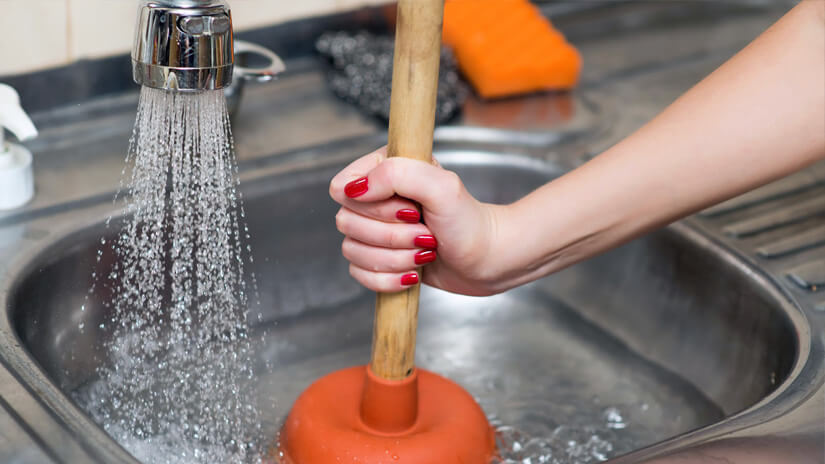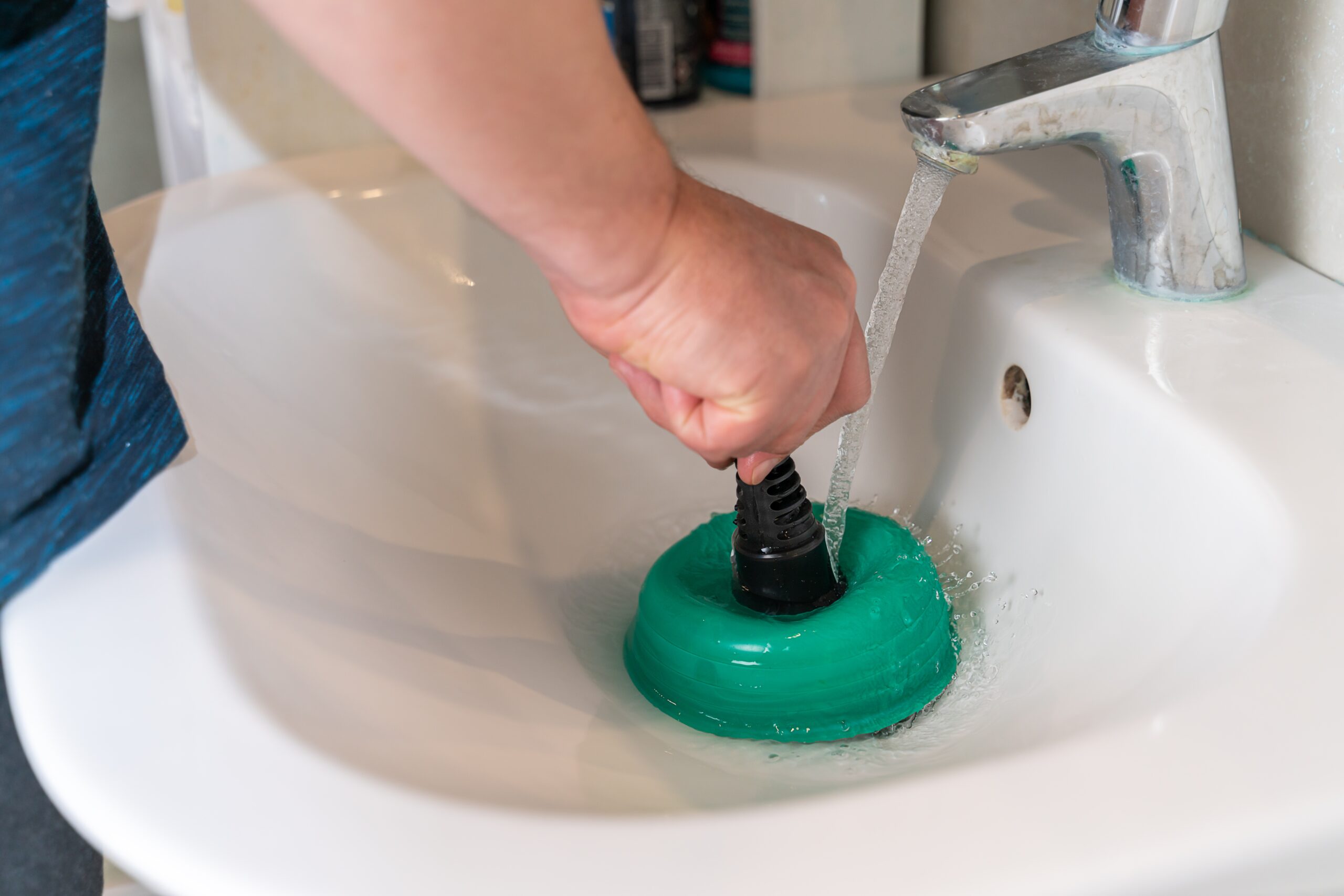Advice for Unclogging a Blocked Drain Before Reaching out to Expert Help
Advice for Unclogging a Blocked Drain Before Reaching out to Expert Help
Blog Article
Listed here in the next paragraphs you can get a good deal of outstanding information and facts in regards to Some easy tips to fix blocked drains.

Introduction
Taking care of an obstructed drainpipe can be a frustrating experience, disrupting day-to-day tasks and possibly triggering damage to your residential property. However, prior to connecting to plumbing specialists, there are actions you can require to resolve the concern on your own. In this guide, we'll discover DIY services and preventive measures to deal with an obstructed drain successfully.
Recognizing the Problem
The primary step in dealing with an obstructed drain is identifying the signs. Sluggish water drainage, gurgling sounds, foul odors originating from drains pipes, or water backing up are common indications of a blocked drain. Determining these indicators early can assist protect against further issues.
Picking the Right Plumbing Service
When selecting a plumbing service, think about aspects such as experience, licensing, and customer evaluations. Select a reputable plumbing with a performance history of high quality craftsmanship and transparent pricing techniques.
Price Factors to consider
The expense of professional drain cleaning services can differ depending upon the seriousness of the blockage and the plumbing's prices. Demand quotes from multiple providers and ask about any additional charges to make certain transparency and stay clear of shocks.
Safety Measures
When trying DIY drainpipe cleaning, focus on safety and security. Wear safety handwear covers and glasses to avoid contact with dangerous chemicals or microorganisms. Never mix various drainpipe cleaning products, as this can create harmful fumes.
Situation Studies
Real-life examples show the effectiveness of do it yourself options and the relevance of prompt expert intervention in settling drainpipe clogs.
Usual Sources Of Obstructed Drains
Recognizing the elements that contribute to drain clogs is necessary for reliable resolution. Typical perpetrators include hair, soap scum, oil, food particles, and foreign items like sanitary items or paper towels. Tree origins invading below ground pipes can also create considerable blockages.
Do it yourself Solutions
For small obstructions, several do it yourself solutions can be efficient. Pouring boiling thin down the drainpipe can assist liquify oil and particles. Baking soda and vinegar or a combination of salt and baking soft drink can work as natural cleansers. Making use of a plunger or plumbing snake to remove blockages is another choice.
Devices and Equipment
Having the right devices on hand can make DIY drain cleansing extra effective. A bettor is a functional device for clearing blockages in sinks, toilets, and showers. A plumbing snake or auger can get to much deeper clogs, while drainpipe cleansing chemicals can be utilized carefully for stubborn blockages.
Preventive Measures
To avoid future blockages, taking on preventive measures is critical. Mount drain guards or filters to catch hair and particles before they enter the pipes. Frequently flush drains pipes with warm water to dissolve grease accumulation, and avoid taking care of grease or strong waste away.
When to Call an Expert
While do it yourself solutions can deal with minor blockages, specific indicators show the demand for professional assistance. Persistent blockages, foul odors despite cleaning up efforts, or several drains supporting concurrently are red flags that require professional treatment.
Verdict
By following the tips described in this guide, you can successfully deal with obstructed drains pipes and stop future plumbing problems. Whether opting for do it yourself services or seeking specialist help, timely activity is key to maintaining a healthy plumbing system and maintaining the integrity of your home.
How to Clear a Clogged Drain Yourself (And When to Call In the Professionals)
What Can Clog a Drain
Dirt Skin flakes Hair Grease Soap scum Food Offset pipes Tree roots Small objects Mineral buildup DIY Tricks to Unclog a Drain
You can fix this! Once you have identified the source of the clog (or have a vague idea), you can try one or a combination of these fixes in order to clear your plumbing.
Wire Hanger or Snake
Untangle and clear out hair from a drainpipe with a homemade snake. Use a straightened-out wire hanger with a 90-degree angle hook to locate the clog and drag out any unwanted material.
Remember not to push the clog further down to where the wire hanger cannot reach! If you need to follow up with a plunger, give it a try. Your efforts might be more successful after it’s been wire-snaked.
If you want to get fancy and don’t have a wire hanger to spare, head to the store and pick up a hand-operated drain snake. You can get one for $10-$30. It may save you the hassle, and provide additional length to reach deep into the clogged pipe.
Plunger
A cup plunger has a suction cup attached to a wooden handle. The rubber creates a seal around the drain, and increases the pressure force of the plunger.
Plunge for 30-second increments to loosen the clog. This may need to be repeated over the course of 15-20 minutes. Once plunged, run the water to flush the remaining material out of the drain.
Remember– never use a plunger if you have used a chemical drain cleaner. These chemicals can splash up from the force of the plunger and cause serious injury or burns.
Boiling Water
Hot water can sometimes break up materials into a flushable amount. Dirt, grease, and soap buildup requires heat in order to unstick from surfaces.
Take your kitchen kettle and heat your water to a boil. Once it reaches a rolling boil, pour it directly down the drain into the blockage. Carefully follow with plunging, if necessary.
Don’t worry if this takes more than one try! It can often take multiple kettles and repeated plunging in order to clear a particularly stubborn clog.
Chemical Drain Cleaner
As a last resort, pick up a bottle of chemical drain cleaner. Drain-cleaning chemicals are potent, and not very good for the environment.
You may need to wear protective eyewear in gloves before handling your bottle of chemical drain cleaner. Follow the instructions printed on the bottle, and flush with water as soon as the instructions allow. Do not follow with plunging.
Baking Soda and Vinegar
As a safer alternative to chemical drain cleaner, baking soda and vinegar can create a chemical reaction that clears tough clogs.
Combine one cup of cleaning vinegar with one cup of boiling water, and set aside. Once you have done this, pour half a cup of baking soda down the drain. Give the baking thirty seconds to settle and cover a large portion of the problem drain.
Following the baking soda, pour down your vinegar and hot water solution. Once the vinegar and baking soda combine, the mixture will bubble and fix. Let this reaction fizzle in the drain for about an hour.
After an hour, follow with a kettle’s worth of hot water. The heat and liquid should flush out any remaining material.
When to Call a Plumber
If your DIY attempts haven’t cleared your clog drain, it’s time to call in a professional. It’s not worth losing access to your kitchen sink or high-traffic bathroom. A clog in a vital area can keep you from the things you’d rather be doing, and derail your routine.
Anytime a clog is causing water to spread is a time to call in a plumbing service. What starts out as a little bit of water can quickly grow into serious, expensive water damage.
Additionally, a serious clog can result in burst pipes or serious leaks. Make sure you know when to take it seriously!
https://myguysnow.com/how-to-clear-a-clogged-drain-yourself-and-when-to-call-in-the-professionals/

As a fervent reader on 8 Tips For Clearing A Blocked Drain, I think sharing that excerpt was really helpful. Sharing is nice. You never know, you may be doing someone a favor. Thanks for your time spent reading it.
Book Now Report this page